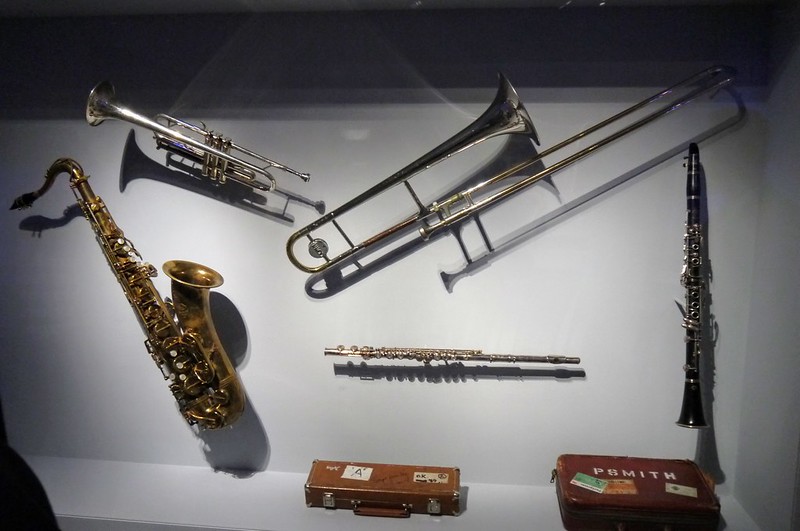Playing a musical instrument is one of the greatest joys you can experience. There’s an immediate sense of satisfaction that comes with plucking a string or blowing into a mouthpiece, and the great accessibility and affordability of music lessons for kids and adults has made learning a musical instrument more popular than ever.
 Source: Flickr
Source: FlickrThanks to those private music lessons and the support of school music programs, many kids start with wind instruments. Woodwind and brass are great for their flexibility, but they can take quite a bit of time and work to master. Music theory, range, and technique all play important roles in your musicality, but creating a warm, beautiful sound is something else altogether. Let’s take a look at some tips for improving the sound quality of your horn.
1. Play with warm air.
Warm air is the key to a well-rounded, in-tune sound. Cold air sounds shallow and doesn’t provide enough support to carry sound. For beginners, this can be easier said than done. It’s the difference between blowing on a spoonful of hot soup and fogging up your glasses.
Whenever you blow into your instrument, imagine that you have a tennis ball in your throat. This opens up your throat which allows you to play with warm air. You can also practice blowing into your hand, alternating between warm and cold air to see how it feels in your throat muscles.
2. Warm up.
Immediately jumping into a piece of music is not good for your lips or your horn. Your embouchure comprises your lips and facial muscles, muscles that need to get stretched and limber before they can properly do anything. Doing away with a warm-up routine will only make you sound bad and strain your chops. Warming up makes your playing more fluid and efficient and gets you mentally prepared.
Spend a good fifteen to twenty minutes warming up your lips and fingers with scales, arpeggios, and easy rhythms. Play long notes and focus on tone, fullness of sound, and controlled volume. You can come up with your own warm up routine, but make sure you do have one. Warming up also literally warms up your horn for improved pitch and tone.
3. Practice your breathing.
Wind instruments are powered entirely by your breath, so if you don’t provide your horn with enough “wind,” its sound will falter. To expand your breathing abilities and ensure that you always give just the right amount of air, practice breathing exercises. Remember that you want to breathe from your diaphragm and not your chest. Your stomach should inflate with each breath and deflate as you exhale.
A simple breathing exercise :
Inhale through your nose for 4 counts.
Hold your breath for 4 counts.
Exhale through your mouth for 4 counts, trying to get out as much of the air as possible.
Repeat.
This has the extra benefit of being quite calming and meditative.
4. Don’t be tense.
Everything about your playing, from your throat to your posture, should be relaxed and open. The more tense you are, the more strained and unconfident your horn will sound. Keep your stance open and try to forget your anxieties while you play.
Happiness will translate into the sound of your horn, so make sure you have fun when you play. If you’re having trouble with your sound quality, don’t be afraid to talk to your teacher or instructor for some extra help.
